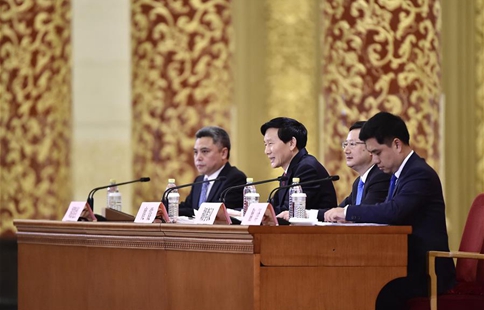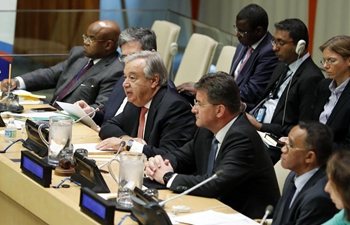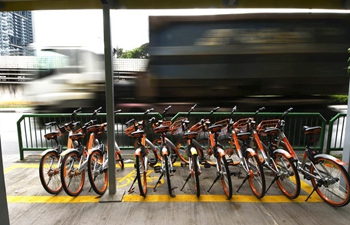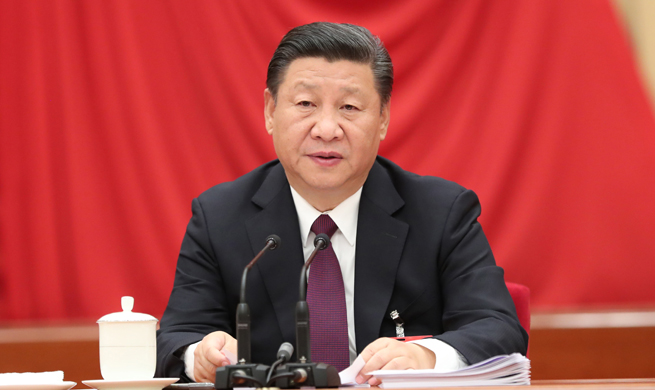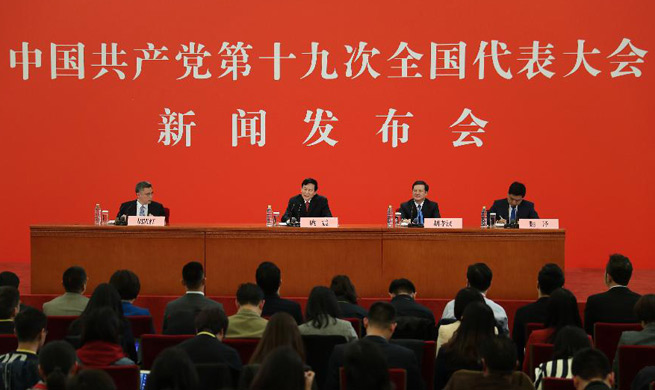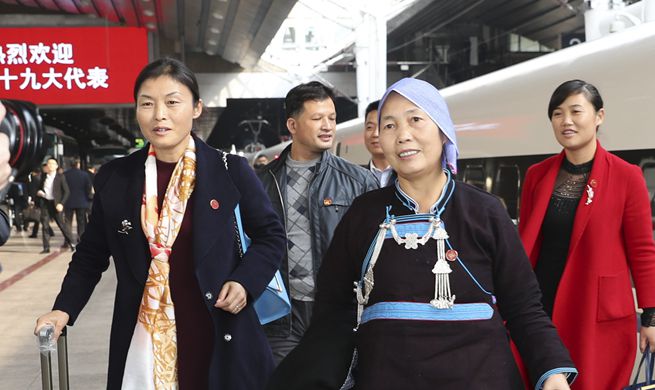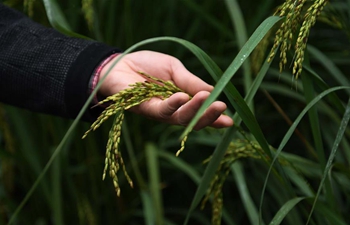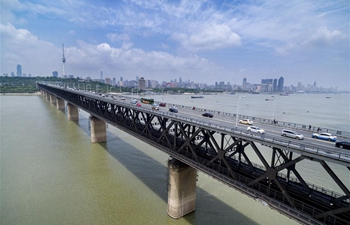BEIJING, Oct. 17 (Xinhua) -- When people acknowledge the 25th International Day for the Eradication of Poverty, much credit ought to be given to China.
China has a remarkable record of lifting about 700 million people out of extreme poverty in more than three decades since reform and opening up began, a figure that represents about 70 percent of global poverty eradication in the period.
In the past five years, it has reduced the number of people living below the poverty line, per capita annual income of 2,300 yuan (348 U.S. dollars), by an average of 13 million each year, or 20 people every minute.
The achievement is not simply a byproduct of China's fast economic growth and industrialization but the results of a deliberate and persistent state-sponsored project.
Since the late 1970s, China has initiated several long-term poverty alleviation projects, established a government agency for poverty relief and allocated special funds.
The least-developed regions were identified and for decades received financial, technical and personnel support from the central government and richer neighboring regions.
In 2013, the poverty relief policy, which offered standard financial and policy support to the least-developed regions, was replaced by more diversified and tailored policies catering to different situations and the needs of the poorest people.
Those who live in regions of inhospitable natural environment, for instance unaccessible mountains and dry land, have been encouraged to move to new homes provided by the government. About 10 million people are expected to relocate by 2020.
Those with resources and skills have received favorable industrial policies and financial assistance to either develop local business or migrate to more developed regions for better paid jobs.
To facilitate such policies, the government increased its input and tried to attract investment from the private sector. Billions have been allocated to assistance funds and about 800,000 officials been sent to help locals improve their livelihood.
Progress also resulted in the reform of property rights. In the past few years, transaction of land use rights has allowed farmers to pool their land and set up larger scale cooperatives, sharpening their competitiveness and increasing their income.
Despite impressive progress, China could not take a chance on relaxing the campaign. The current leadership promised to eliminate absolute poverty in rural areas by 2020, which means raising the income and welfare of about 43 million people.
As Liu Yongfu, director of the State Council Leading Group Office of Poverty Alleviation and Development, admitted, the last bit of extreme poverty in China will be the hardest to remove.
This usually involves people with few skills and resources, including the disabled and elderly, living in areas short of natural resources, vulnerable to environment change and disasters, and the least industrialized.
To realize this poverty relief goal will require intensive capital input and, more importantly, leadership.
The poverty relief campaign in the next few years will pose a tough test for policy design and implementation. Several problems found in previous campaigns still need solving, such as improving the efficiency of assistance funds, and encouraging participation of local people instead of just passively receiving donations.
If it succeeds, the plan will be another major contribution by China to human rights development of the world.





